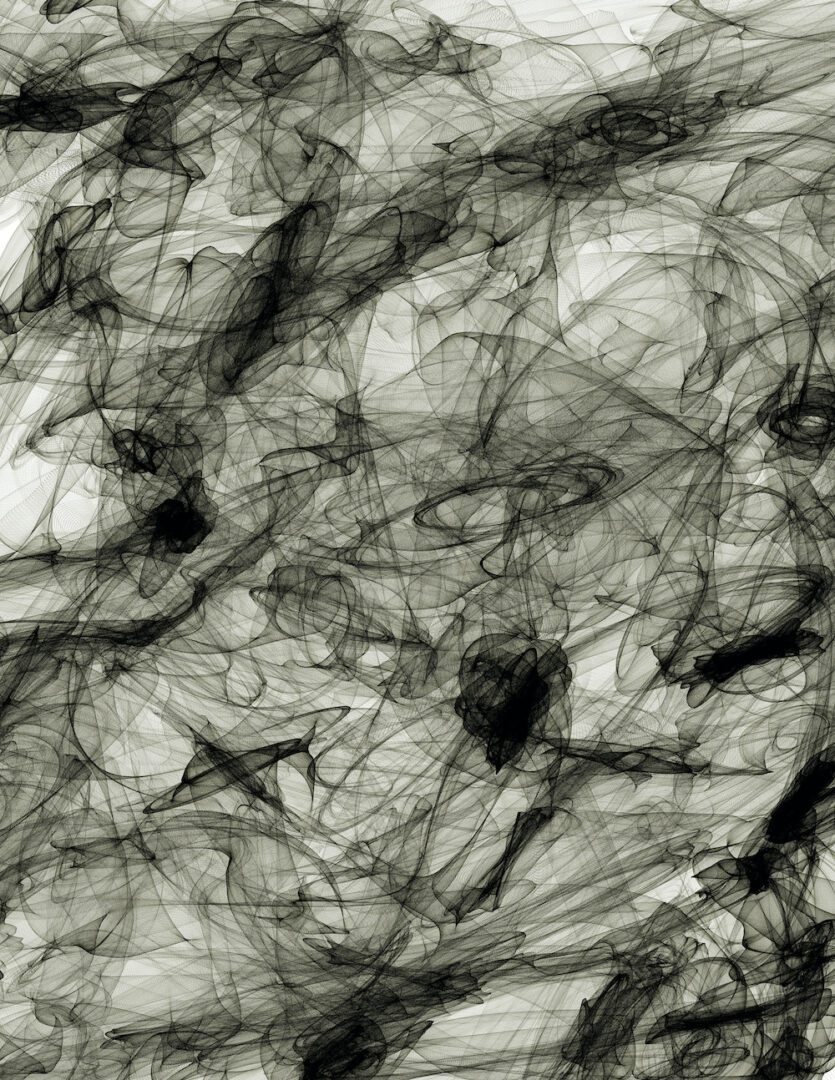In our Deceptive by Design: Part 1 introduction post we defined dark patterns and addressed the ethical questions. In this post we will tackle some specifics and get into the psychology of dark patterns:
Types of Dark Patterns
Dark patterns encompass a variety of deceptive design techniques, each engineered to nudge users towards unintended actions or tricking them into doing what the brand wants instead of what they want. With a more privacy-savvy consumer comes the ability to see when and where dark patterns occur. Purchase decisions are being impacted. Here are some of the more common types of dark patterns:
1. Misdirection
Misdirection involves diverting a user’s attention away from the desired action or towards a less favourable option. This can be achieved through the strategic placement of buttons or confusing interface design.
2. Forced Continuity
Forced continuity is when users are unwittingly enrolled in subscription services or memberships, often after a free trial period. Cancelling these subscriptions can be intentionally made difficult, resulting in unexpected charges. This includes auto-renewal being turned on by default and making it difficult to figure out how to turn it off.
3. Roach Motel
The Roach Motel dark pattern traps users into a certain action, such as signing up for a service, but makes it nearly impossible to exit or unsubscribe.
4. Sneak into Basket
In e-commerce, this pattern adds items to a user’s shopping cart without their consent, increasing the chances of an unintentional purchase.
How Dark Patterns Manipulate User Behaviour
Dark patterns exploit cognitive biases and psychological triggers to manipulate user behaviour. They leverage principles like urgency, scarcity, social proof, and the fear of missing out to induce actions that users might not choose if fully informed. The large tech players used their Privacy Policy or Terms of Use to bury their “full disclosure” statements, knowing the fact that people do not read them. They know when people are online and looking for something, they do not slow down to read lengthy legal copy. They used to trust most brands, but repeated dark patterns and abuse has negatively impacted that trust.
The Psychology Behind Dark Pattern Design
The effectiveness of dark patterns lies in their understanding of human psychology. Designers use principles from behavioural economics and psychology to exploit cognitive shortcuts, making users more susceptible to manipulation. This section explores the psychological underpinnings of dark pattern design and how they impact decision-making.
This section provides insight into the mechanics of dark patterns, including their various types, the psychology behind their effectiveness, and how they manipulate user behaviour. It sets the stage for the subsequent sections that delve into real-world examples, the impact on consumers, the ethical and legal debate, and the responsibility of marketers.


